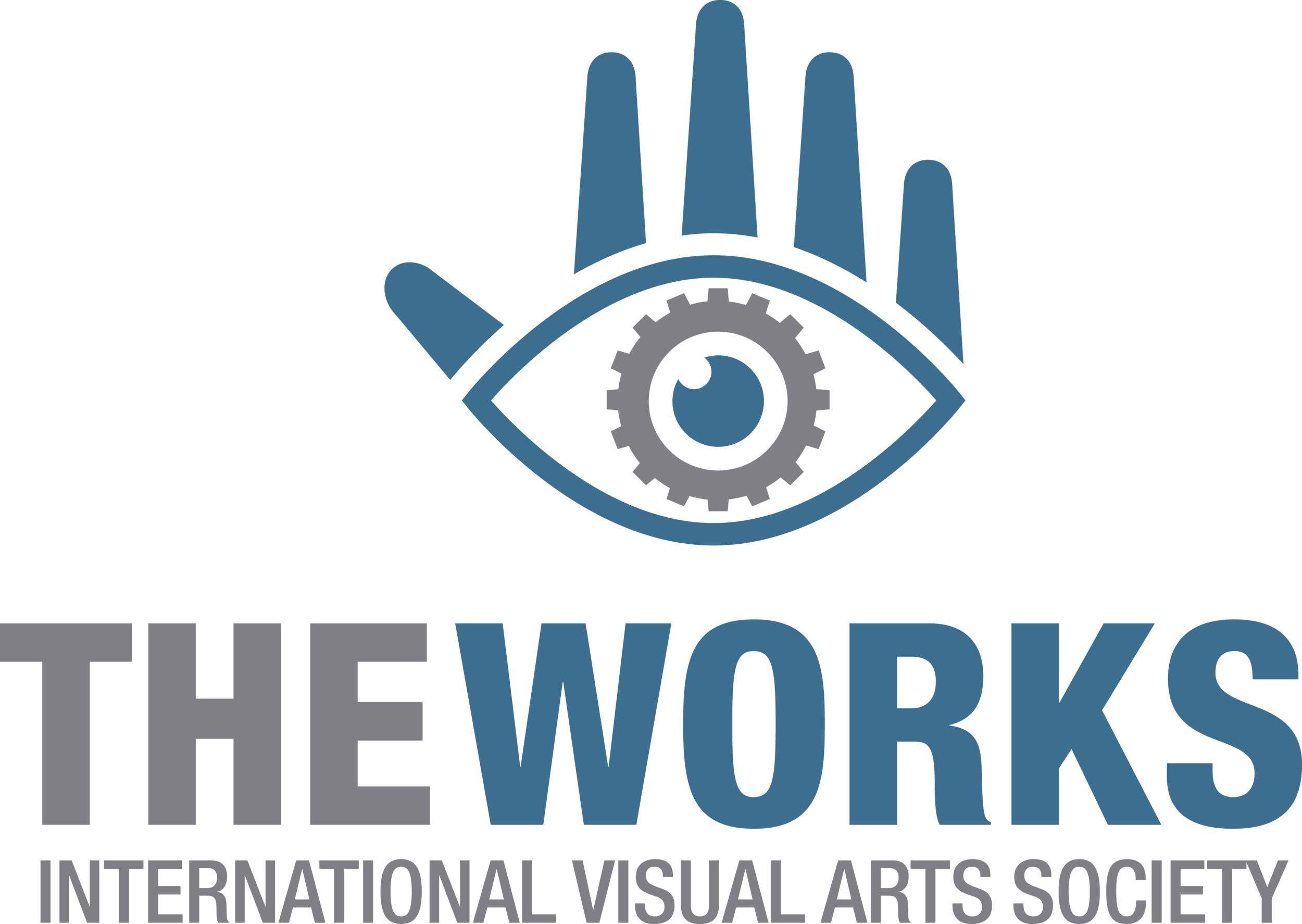Paddy Lamb
ABOUT THE ARTIST
Paddy Lamb is an Irish born Canadian whose ancestors include Ulster-Scots, Quaker, Huguenot, Celtic, and Proto-Indo-Europeans. Born in the city of Armagh, Northern Ireland, he studied Modern History at Trinity College, Dublin, and Physical Education and History as a post-graduate at the University of Alberta.
For more than two decades his work has focused on an interpretation of the physical and social landscape in the form of drawing, painting, and installation. It is strongly influenced by history, memory, and social culture, offering a personal narrative concerning human migration and attachment to the land.
Paddy is the recipient of several scholarships and awards. In 2009 and 2011 he received a fellowship and residency at the Ballinglen Arts Foundation in Ballycastle, Co. Mayo. Other residencies include the Thomas Gushul Studio in Blairmore, Alberta, the Ortona Armoury in Edmonton, 2 Rooms Contemporary Art Projects in Newfoundland, and Empire of Dirt in Creston, B.C.
Reaper, Binder, Reinventor
Stantec Tower – 10220 103 Ave NW
Paddy Lamb
Light, shadow, and video combine with the slow, unpredictable, independent movement of the mobile sculptures to create a conversation or a dance in slow motion.
Where does this begin: in the mobile sculptures, in the shadows, or with the shapes that appear both real and ephemeral on the unfurled binder panel? They echo back and forth, distorted, like our memories.
ARTIST STATEMENT
Rather than confining a definition of landscape to the sensations that accompany the first encounter, I am more interested in landscapes that are ‘withdrawn from actuality’ but inhabited by memories to which we form deep and lasting attachments. My work attempts to explore the imprint of society on nature in a variety of ways.
Several writers, notably Robert MacFarlane and Maria Stepanova, have articulated this very well. They ask significant questions about the traditional notion of history, memory, and monument. Particularly, the recent tendency to project our own desires, weaknesses, and passions onto the past without any opposition – for the past cannot speak.
“The landscape of memory is strewn with projections, fantasies and misinterpretations – the ghosts of today, with their faces turned to the past.” [Maria Stepanova, In Memory of Memory, Book*hug Press, p 87]
Is our traditional notion of commemoration really adequate or useful? I’m interested in using contemporary interpretations of historical and symbolic forms to challenge standard definitions. This has reinforced my belief that less conventional subject matter such as a rusted piece of machinery, a collection of rocks, a dilapidated shed, a beaten path, or a weathered bone can speak more directly about the past precisely because they are not manipulated by our current preoccupations. This is allied with a growing concern for our impact on the environment and what we leave behind.
Perhaps the past does not need so immediate an explanation. Rather, creativity and imagination remain a gateway to a form of self-examination; a search for alternatives that continues to define our own ‘sense of place’ but still represents our lives and everything we know.








